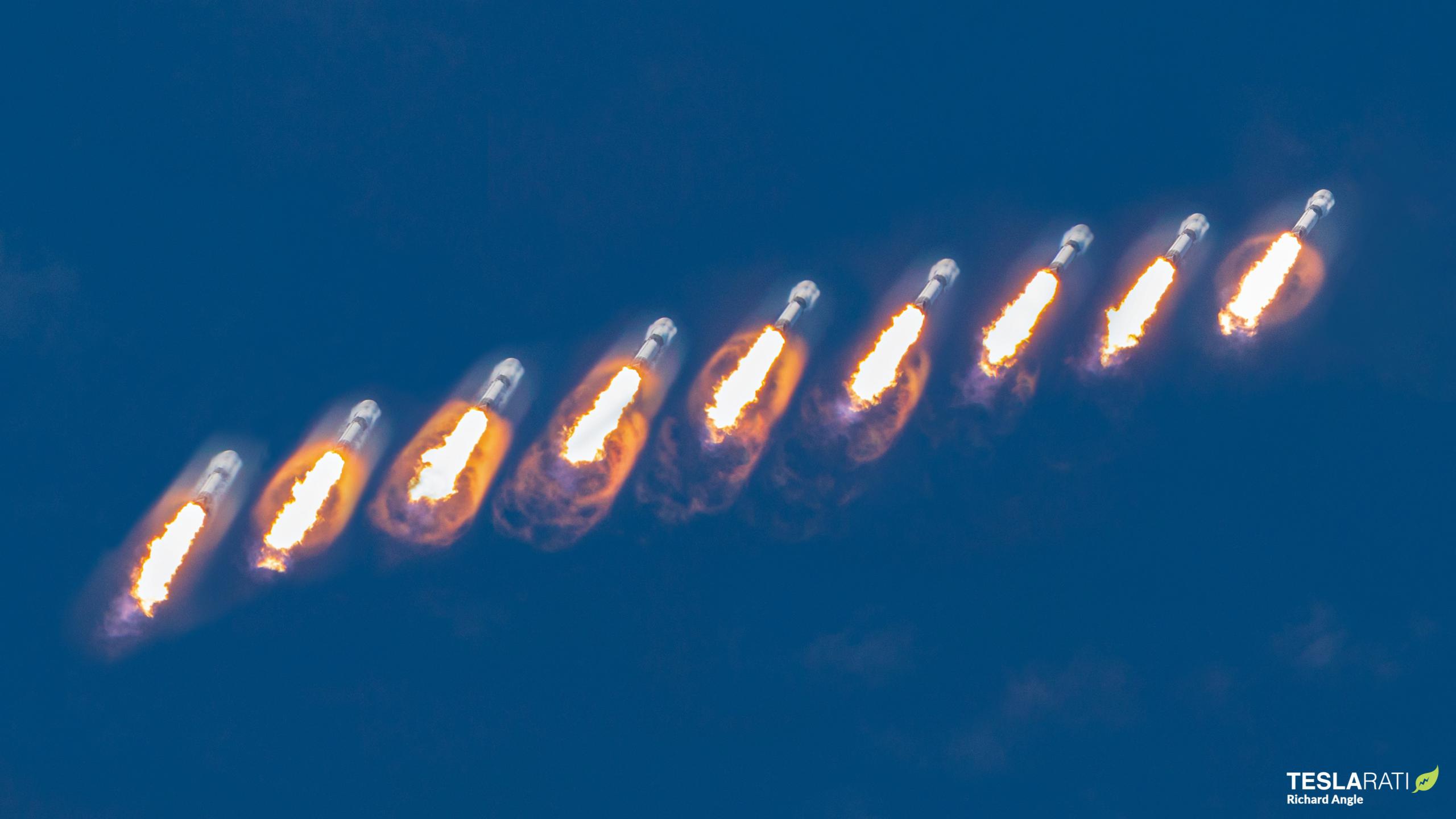In a rare victory for international launch competition, SpaceX has snagged a contract to launch an Italian Earth observation satellite from European launch monopoly and political heavyweight Arianespace.
After spending the better part of a decade treading water as SpaceX’s Falcon 9 rocket came to dominate the global launch market, Arianespace has become increasingly reliant on European Space Agency (ESA) and European Union (EU) agreements that require signatories to launch domestic satellites and spacecraft on the Ariane 5, Ariane 6, and Italian Vega rockets. Save for a few slow-moving technology development programs that have yet to bear any actionable fruit, the company – heavily subsidized by the European Union – has almost completely failed to face the threat posed by SpaceX head-on by prioritizing the development of rockets that can actually compete with Falcon 9 and Falcon Heavy on cost, performance, and availability.
Instead, over the last five or so years, Arianespace and the European Space Agency have increasingly pursued political agreements and legislation that commit member states to only fly payloads on Ariane 5, Ariane 6, and Vega rockets if at all possible.
A recent development offers the best look yet at what many European space agencies likely suffer through as a consequence of their governments signing away access to an increasingly competitive launch industry – often seemingly in return for Arianespace selecting contractors or (re)locating development hubs or factories in certain countries. Notably, sometime in September 2021, the Italian Space Agency (ASI) confirmed signs that it was moving the launch of its COSMO SkyMed CSG-2 Earth observation satellite from a new Arianespace rocket to SpaceX’s Falcon 9.
“The second COSMO SkyMed Second Generation satellite (CSG-2) was planned to be launched with VEGA-C within 2021, but the launcher development has been impacted by the VV15 and VV17 failures and, above all, by the COVID pandemic. The delays, postponing the VEGA-C Maiden Flight to Q1 2022, with a consequent tight schedule of launches in 2022, made the launch period of CSG-2 no longer compatible with the needs of the COSMO Mission. Since Arianespace backlog was already full on Soyuz and Ariane systems in 2021, it was not possible to have a European backup solution compliant with the CSG-2 schedule, thus an alternative solution with the US provider SPACE X has been adopted allowing to keep the CSG-2 launch within the current year. In line with its long-lasting support ensured to the European launch industry, ASI confirmed its trust in Arianespace and VEGA-C capabilities by contracting the launch of the CSG-3 satellite, planned for 2024. Moreover, other future launch opportunities for ASI missions with VEGA-C are under discussion, confirming Arianespace as a key partner for the Agency.“
Italian Space Agency (ASI) – September 2021
Weighing around 2.2 tons (~4900 lb), SkyMed CSG-2 is the second of four synthetic aperture radar (SAR) satellites designed to “[observe] Earth from space, meter by meter, day and night, in any weather conditions, to help predict landslides and floods, coordinate relief efforts in case of earthquakes or fires, [and] check crisis areas.” Primarily focused on the Mediterranean, the nature of sun-synchronous orbits (SSOs) nevertheless give SkyMed satellites views of most of the Earth’s surface every day.
SkyMed CSG-1 debuted on an Arianespace Soyuz rocket in December 2019, while CSG-2 was originally scheduled to launch sometime in 2021 on one of the first Arianespace Vega-C rockets. However, in July 2019 and November 2020, the Vega rocket Vega-C is based on suffered two launch failures separated by just a single success. Aside from raising major questions about operator Arianespace and Vega manufacturer Avio’s quality assurance, those near-back-to-back failures also delayed Vega’s launch manifest by years. Combined with limited launch cadence and a jam-packed manifest for Arianespace’s other rockets, that meant that Italy would have likely had to wait 1-2 years to launch SkyMed CSG-2 on a European or Italian-made rocket.
Apparently valuing a timely, affordable launch more than the path of least political resistance, the Italian Space Agency chose to remanifest the second SkyMed satellite on a SpaceX Falcon 9 rocket scheduled to launch no earlier than November 2021. However, based on ASI’s explanation of the move in the quote above, the space agency clearly felt a need to very carefully explain its decision while also repeatedly (and almost fearfully so) signaling its unwavering “trust” in and dedication to “key partner” Arianespace.
That part of the Italian Space Agency’s statement appeared to be a rather distinct reassertion of fealty to Arianespace is made even more unusual by the fact that the Vega rocket SkyMed CSG-2 was meant to fly on is mainly built in Italy by aerospace company Avio – independently owned but a major Arianespace supplier. Further, ASI directing the apologetic portion of its explanation to Arianespace is no less odd given that Arianespace is a private company theoretically independent of space agencies, while moving from Vega to Falcon 9 primarily impacts Avio more than Arianespace and risks raising the ire of Vega development partner ESA. Even further still, ASI itself – not ESA, Avio, or Arianespace – is the source of a majority of Vega development funding over the last decade and a half.
Regardless, at the simplest level, there are clear motivating factors for a space agency primarily funding the development of a certain launch vehicle to want to fly its own payloads on said self-funded rocket. However, after likely taking things a step further and encouraging ESA and the EU to commit to launching as many payloads as possible on its ESA-approved Vega rocket, the Italian Space Agency itself is now discovering the downsides of pushing for political arrangements beneficial to domestic industries while being forced to figure out just how politically viable it is to pursue non-European launch alternatives. There might be a small chance that Italy’s brief taste of freedom to use rockets other than Vega and Ariane 5/6 could encourage other EU members to push back and fight for access to cheaper, more reliable launches. However, it looks far more likely that SkyMed CSG-2 will be a rare outlier for years to come.
Elon Musk
Tesla investors will be shocked by Jim Cramer’s latest assessment
Jim Cramer is now speaking positively about Tesla, especially in terms of its Robotaxi performance and its perception as a company.
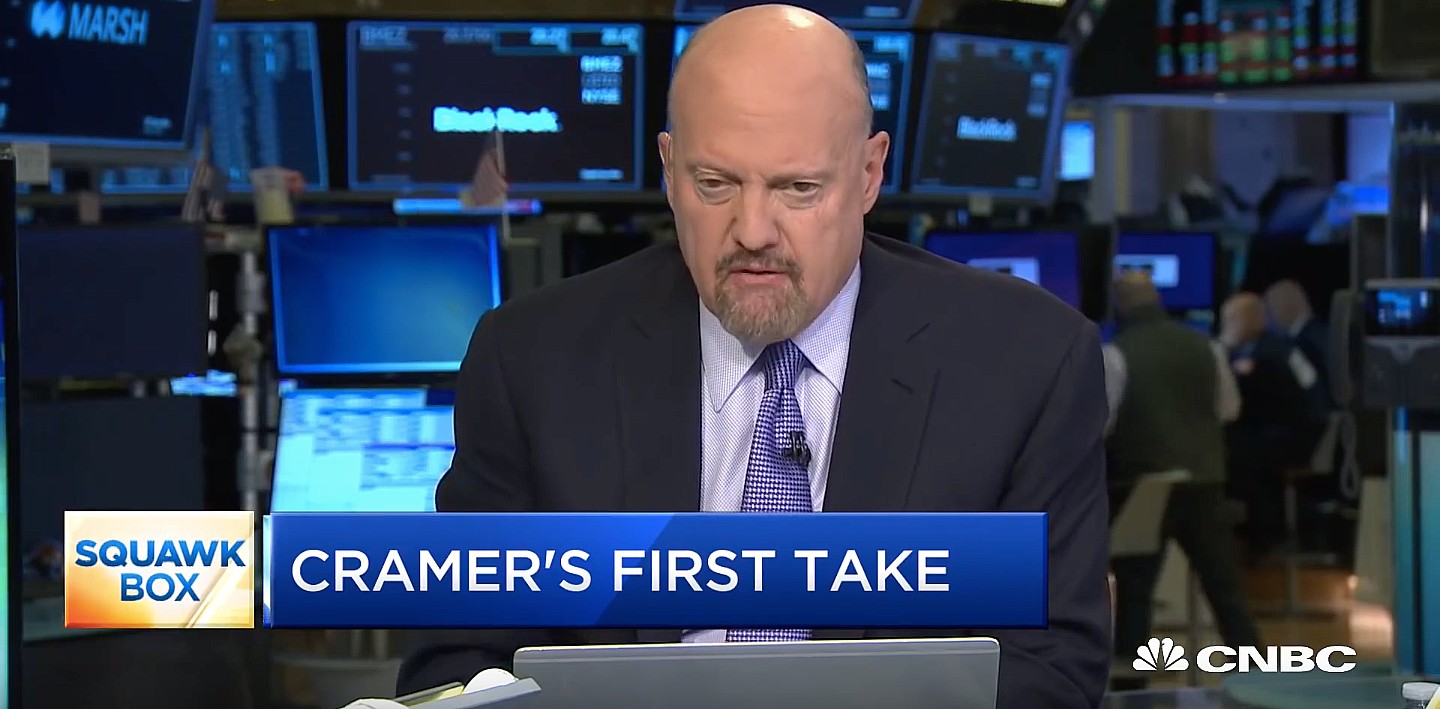
Tesla investors will be shocked by analyst Jim Cramer’s latest assessment of the company.
When it comes to Tesla analysts, many of them are consistent. The bulls usually stay the bulls, and the bears usually stay the bears. The notable analysts on each side are Dan Ives and Adam Jonas for the bulls, and Gordon Johnson for the bears.
Jim Cramer is one analyst who does not necessarily fit this mold. Cramer, who hosts CNBC’s Mad Money, has switched his opinion on Tesla stock (NASDAQ: TSLA) many times.
He has been bullish, like he was when he said the stock was a “sleeping giant” two years ago, and he has been bearish, like he was when he said there was “nothing magnificent” about the company just a few months ago.
Now, he is back to being a bull.
Cramer’s comments were related to two key points: how NVIDIA CEO Jensen Huang describes Tesla after working closely with the Company through their transactions, and how it is not a car company, as well as the recent launch of the Robotaxi fleet.
Jensen Huang’s Tesla Narrative
Cramer says that the narrative on quarterly and annual deliveries is overblown, and those who continue to worry about Tesla’s performance on that metric are misled.
“It’s not a car company,” he said.
He went on to say that people like Huang speak highly of Tesla, and that should be enough to deter any true skepticism:
“I believe what Musk says cause Musk is working with Jensen and Jensen’s telling me what’s happening on the other side is pretty amazing.”
Tesla self-driving development gets huge compliment from NVIDIA CEO
Robotaxi Launch
Many media outlets are being extremely negative regarding the early rollout of Tesla’s Robotaxi platform in Austin, Texas.
There have been a handful of small issues, but nothing significant. Cramer says that humans make mistakes in vehicles too, yet, when Tesla’s test phase of the Robotaxi does it, it’s front page news and needs to be magnified.
He said:
“Look, I mean, drivers make mistakes all the time. Why should we hold Tesla to a standard where there can be no mistakes?”
It’s refreshing to hear Cramer speak logically about the Robotaxi fleet, as Tesla has taken every measure to ensure there are no mishaps. There are safety monitors in the passenger seat, and the area of travel is limited, confined to a small number of people.
Tesla is still improving and hopes to remove teleoperators and safety monitors slowly, as CEO Elon Musk said more freedom could be granted within one or two months.
News
Tesla launches ultra-fast V4 Superchargers in China for the first time
Tesla has V4 Superchargers rolling out in China for the first time.
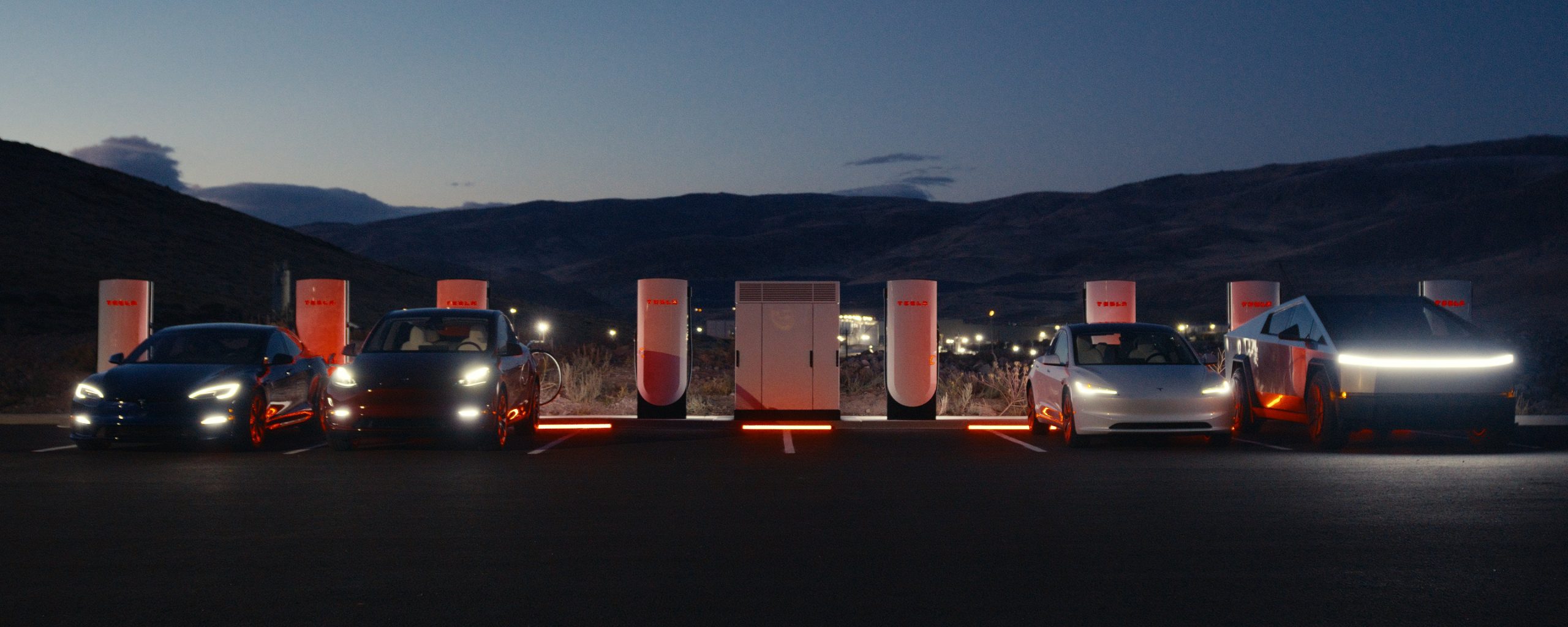
Tesla already has nearly 12,000 Supercharger piles across mainland China. However, the company just initiated the rollout of the ultra-fast V4 Superchargers in China for the first time, bringing its quick-charging piles to the country for the first time since their launch last year.
The first batch of V4 Superchargers is now officially up and running in China, the company announced in a post on Chinese social media outlet Weibo today.
The company said in the post:
“The first batch of Tesla V4 Superchargers are online. Covering more service areas, high-speed charging is more convenient, and six-layer powerful protection such as rain and waterproof makes charging very safe. Simultaneously open to non-Tesla vehicles, and other brands of vehicles can also be charged. There are more than 70,000 Tesla Superchargers worldwide. The charging network layout covers 100% of the provincial capitals and municipalities in mainland China. More V4 Superchargers will be put into use across the country. Optimize the charging experience and improve energy replenishment efficiency. Tesla will accompany you to the mountains, rivers, lakes, and seas with pure electricity!”
The first V4 Superchargers Tesla installed in China are available in four cities across the country: Shanghai, Zhejiang, Gansu, and Chongqing.
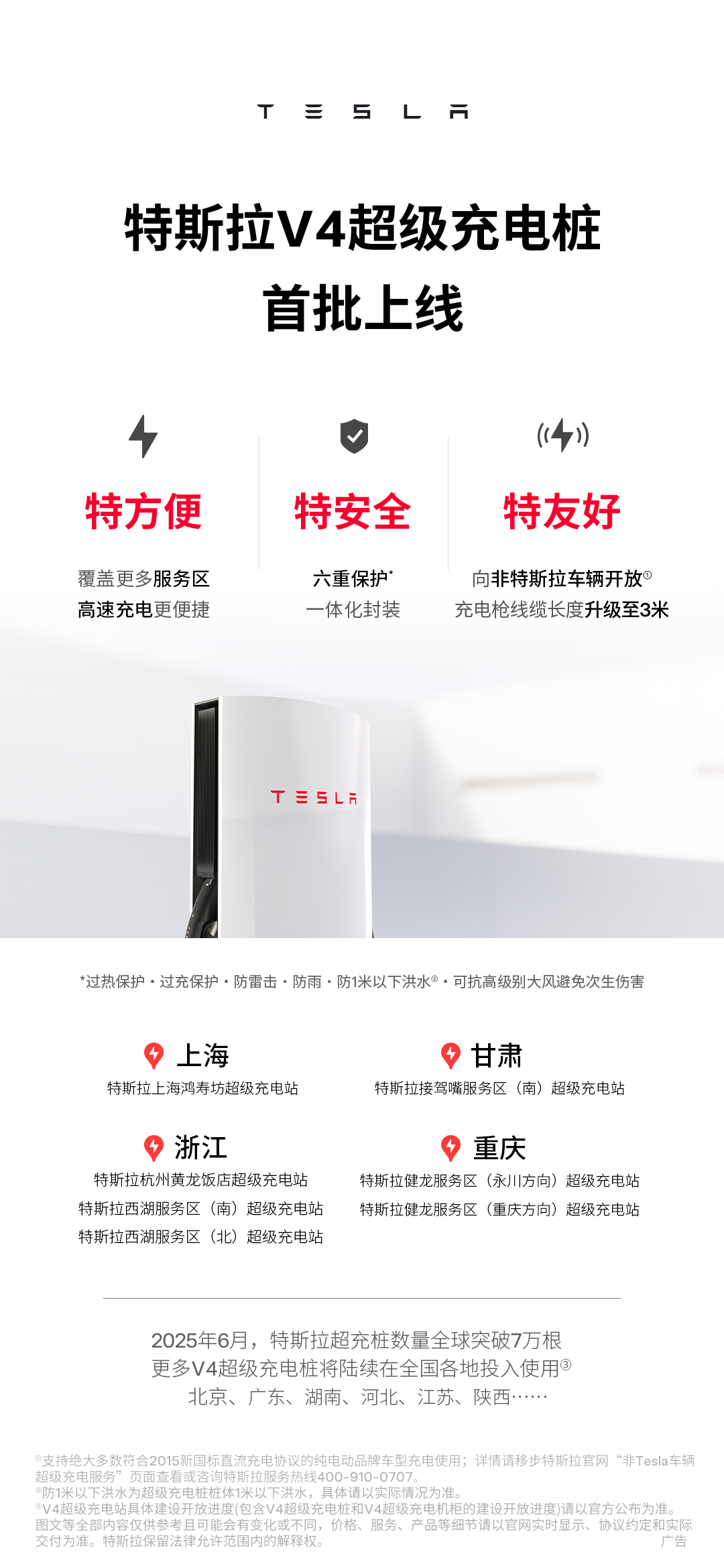
Credit: Tesla China
Tesla has over 70,000 Superchargers worldwide. It is the most expansive and robust EV charging network in the world. It’s the main reason why so many companies have chosen to adopt Tesla’s charging connector in North America and Europe.
In China, some EVs can use Tesla Superchargers as well.
The V4 Supercharger is capable of charging vehicles at speeds of up to 325kW for vehicles in North America. This equates to over 1,000 miles per hour of charging.
Elon Musk
Elon Musk hints at when Tesla could reduce Safety Monitors from Robotaxi
Tesla could be reducing Safety Monitors from Robotaxi within ‘a month or two,’ CEO Elon Musk says.
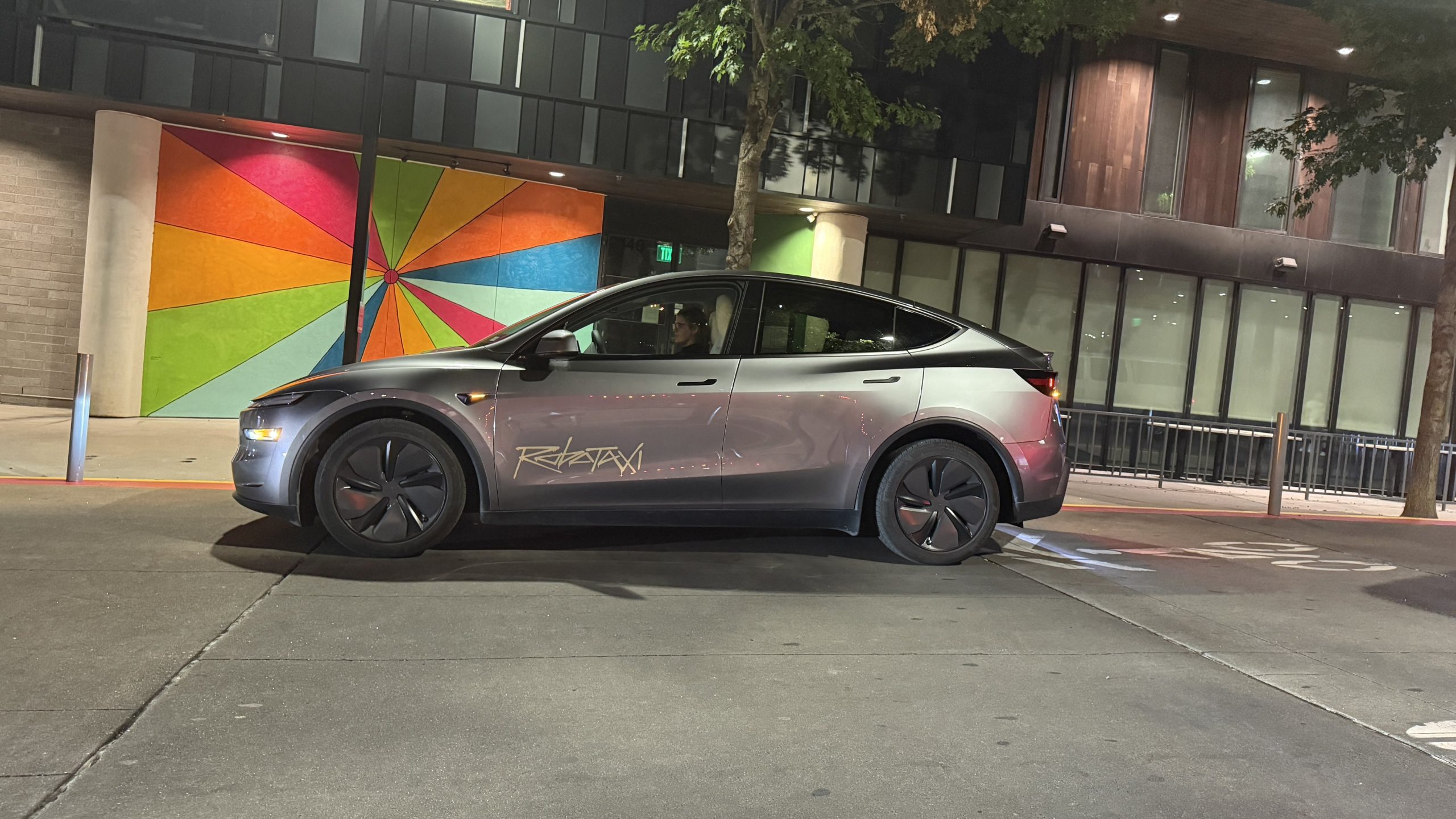
Elon Musk hinted at when Tesla could begin reducing Safety Monitors from its Robotaxis. Safety Monitors are Tesla employees who sit in the front passenger seat during the driverless rides, and are there to ensure safety for occupants during the earliest rides.
Tesla launched its Robotaxi fleet in Austin last Sunday, and after eight days, videos and reviews from those who have ridden in the driverless vehicles have shown that the suite is safe, accurate, and well coordinated. However, there have been a few hiccups, but nothing that has put anyone’s safety in danger.
A vast majority — close to all of the rides — at least according to those who have ridden in the Robotaxi, have been performed without any real need for human intervention. We reported on what was the first intervention last week, as a Safety Monitor had to step in and stop the vehicle in a strange interaction with a UPS truck.
Watch the first true Tesla Robotaxi intervention by safety monitor
The Tesla and UPS delivery truck were going for the same street parking space, and the Tesla began to turn into it. The UPS driver parallel parked into the spot, which was much smaller than his truck. It seemed to be more of an instance of human error instead of the Robotaxi making the wrong move. This is something that the driverless cars will have to deal with because humans are aggressive and sometimes make moves they should not.
The Safety Monitors have not been too active in the vehicles. After all, we’ve only seen that single instance of an intervention. There was also an issue with the sun, when the Tesla braked abnormally due to the glare, but this was an instance where the car handled the scenario and proceeded normally.
With the Robotaxi fleet operating impressively, some are wondering when Tesla will begin scaling back both the Safety Monitors and Teleoperators that it is using to ensure safety with these early rides.
CEO Elon Musk answered the inquiry by stating, “As soon as we feel it is safe to do so. Probably within a month or two.”
As soon as we feel it is safe to do so.
Probably within a month or two. We continue to improve the Tesla AI with each mile driven.
— Elon Musk (@elonmusk) June 30, 2025
Musk’s response seems to confirm that there will be fewer Teleoperators and Safety Monitors in the coming months, but there will still be some within the fleet to ensure safety. Eventually, that number will get to zero.
Reaching a point where Tesla’s Robotaxi is driverless will be another significant milestone for the company and its path to fully autonomous ride-sharing.
Eventually, Tesla will roll out these capabilities to consumer-owned vehicles, offering them a path to generate revenue as their car operates autonomously and completes rides.
For now, Tesla is focusing on perfecting the area of Austin where it is currently offering driverless rides for just $4.20 to a small group of people.
-

 News5 days ago
News5 days agoTesla Robotaxi’s biggest challenge seems to be this one thing
-

 News2 weeks ago
News2 weeks agoTesla confirms massive hardware change for autonomy improvement
-

 Elon Musk2 weeks ago
Elon Musk2 weeks agoElon Musk slams Bloomberg’s shocking xAI cash burn claims
-

 News2 weeks ago
News2 weeks agoTesla China roars back with highest vehicle registrations this Q2 so far
-

 News2 weeks ago
News2 weeks agoTesla features used to flunk 16-year-old’s driver license test
-

 News2 weeks ago
News2 weeks agoTexas lawmakers urge Tesla to delay Austin robotaxi launch to September
-

 News2 weeks ago
News2 weeks agoTesla dominates Cars.com’s Made in America Index with clean sweep
-

 News2 weeks ago
News2 weeks agoTesla’s Grok integration will be more realistic with this cool feature

